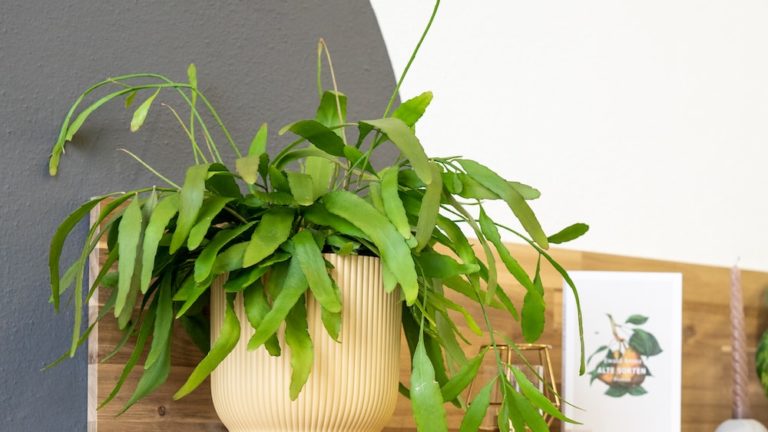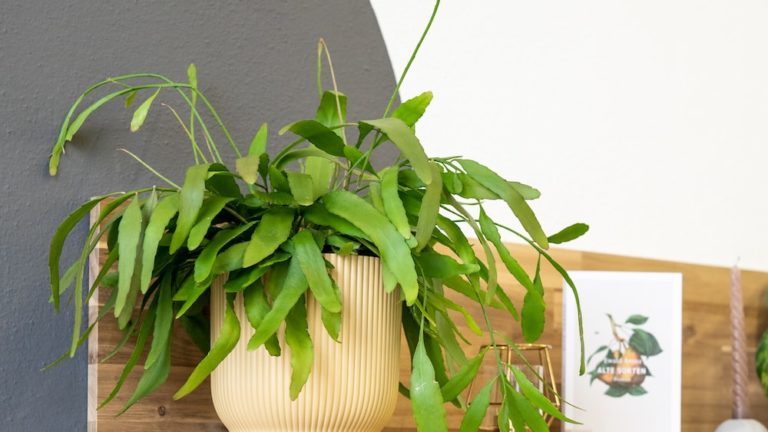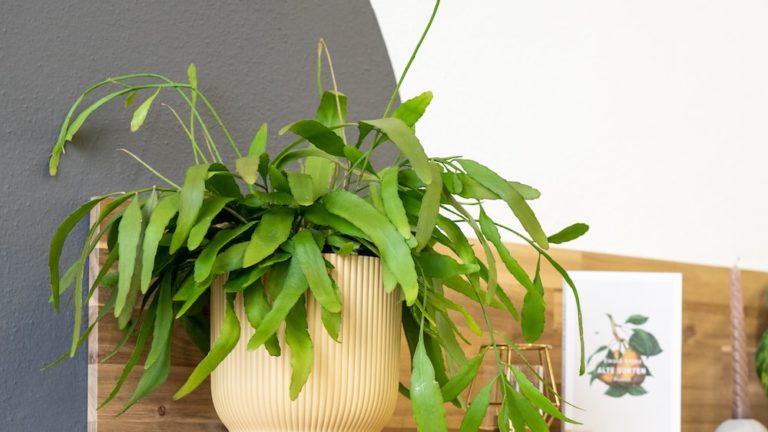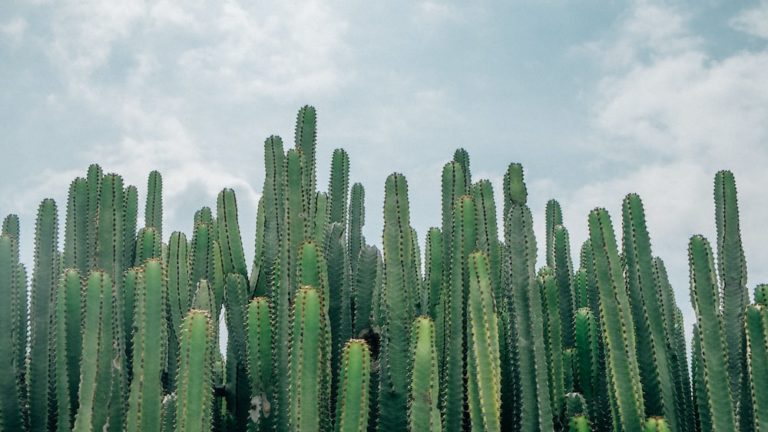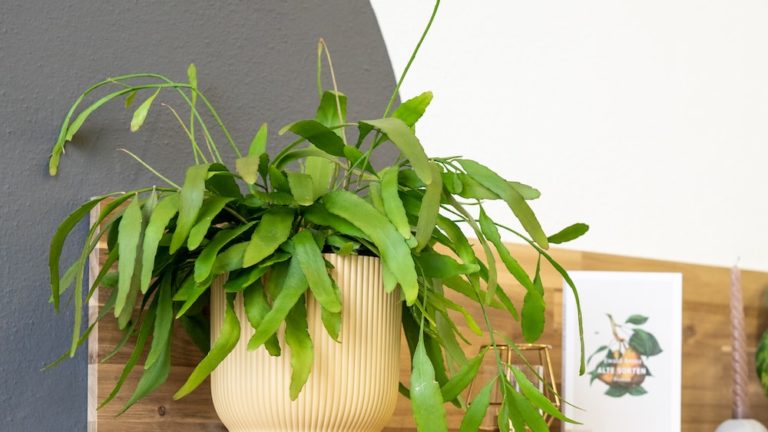Perfect Rhipsalis Watering Guide
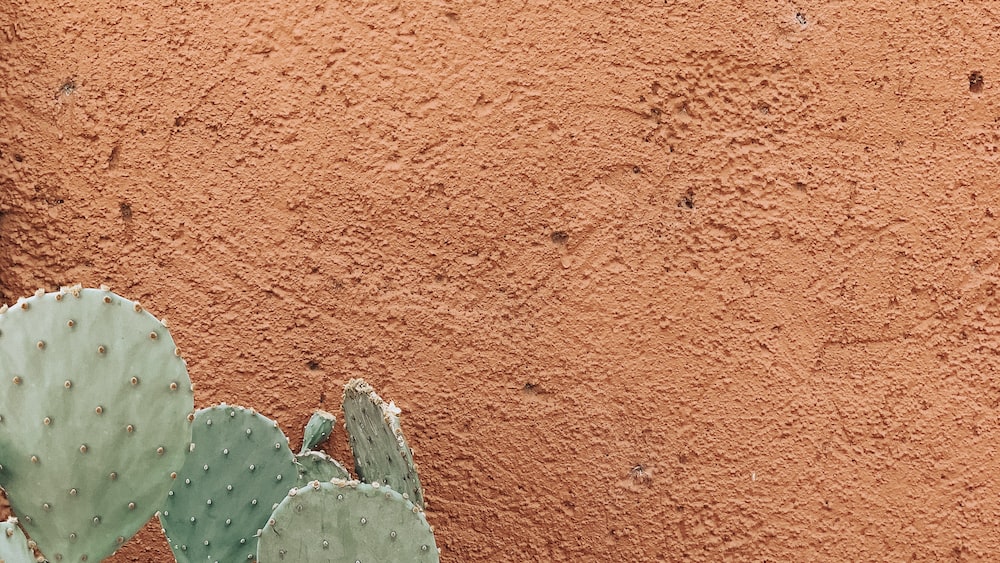
Perfect Rhipsalis Watering Guide
As I stand amid the spiny grandeur of my cherished cacti collection, I often find myself drawn to the whimsical charm of a particular gem – the Rhipsalis. This delightful plant, with its cascading branches, evokes a sense of otherworldly wonder that makes it a favorite among us, the admirers of the natural world. As someone deeply rooted in the love for these green companions, I’m thrilled to share with you the art of rhipsalis watering, a practice as essential as it is nurturing.
Key Points:
- Rhipsalis requires consistent moisture due to its subtropical origins.
- Proper hydration leads to vigorous growth and vibrant foliage in Rhipsalis.
- Overwatering can lead to root rot, while underwatering results in withered stems.
- Water Rhipsalis when the top layer of soil is slightly dry, and ensure thorough watering until drainage occurs.
- Adjust watering frequency based on seasonal changes, with more water in spring and summer and reduced watering in autumn and winter.
- Factors influencing Rhipsalis watering include climate, pot size, soil composition, and drainage.
My journey with Rhipsalis began on a sun-kissed morning when I spiritedly brought home my first cutting. Its resilience and pliability struck a chord with me, resonating with life’s ebb and flow. Over the years, my relationship with Rhipsalis has flourished into an intimate dance of care and understanding.
But let’s embark on this exploration together, my fellow cacti enthusiasts. Through this guide, we’ll unravel the secrets to perfecting the hydration of these serene beauties. Join me as we delve deeper into their world, ensuring our leafy friends not only survive but thrive under our care.
The Essentials of Rhipsalis Watering
Delving into the world of Rhipsalis, it’s fundamental to comprehensively grasp the watering essentials that these succulent brethren demand. With their subtropical origins, Rhipsalis plants emulate a delicate balance of moisture retention and breathability. It’s akin to a meticulous ballet, where each step – the frequency, the amount, and the technique of watering – should be executed with thoughtfulness and precision.
Understanding Rhipsalis Water Requirements
To care for Rhipsalis properly, we must first be adept at interpreting their unique water needs. Unlike their desert-dwelling cousins, Rhipsalis bask in consistent moisture, a vestige of their rainforest heritage where aridity is a rare guest.
To cultivate this lush greenery within our own homes, let’s brush up on the indicators that tell us when our Rhipsalis is thirsty. We’re aiming for soil that maintains a slightly moist character – it’s a fine line where we avoid both drenching sogginess and desiccating dryness.
Understanding the unique water needs of Rhipsalis is crucial for their proper care, as they require consistent moisture without being overly drenched or allowed to dry out.
Signs of Proper Hydration in Rhipsalis
Identifying the signs of proper rhipsalis watering can be as intriguing as deciphering a secret language. When you’ve hit the sweet spot of hydration, your Rhipsalis will display vigorous growth, with its foliage radiating vibrancy.
Touch the soil, and it should provide a welcoming embrace, neither too tight with wetness nor too loose and parched. An evenly hydrated Rhipsalis will showcase a plump and lively presence, it’s every curve, and contour a testament to the adequate water it has absorbed.
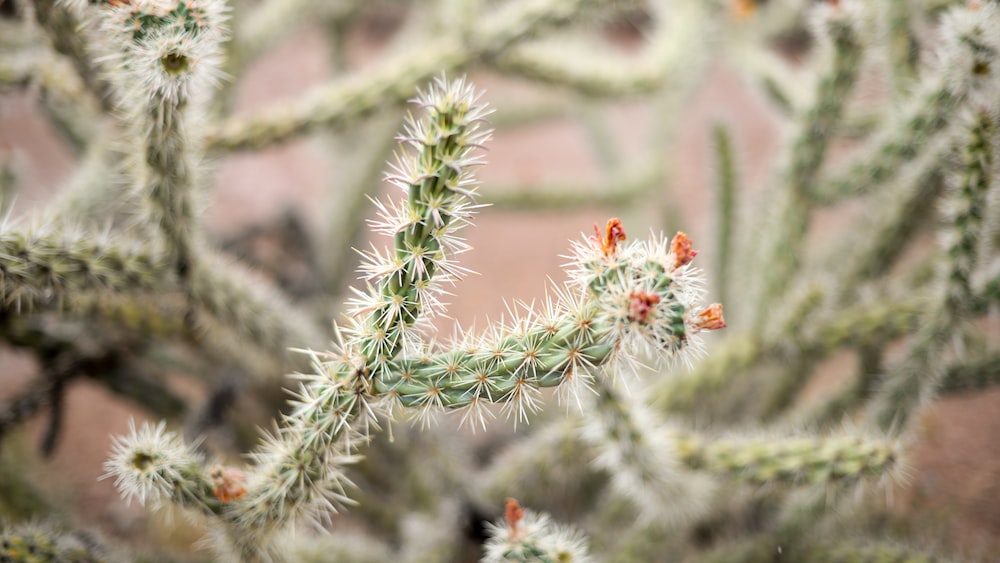
Common Mistakes in Watering Rhipsalis
It’s not uncommon to witness the occasional stumble on our horticultural pathways – even the most astute plant parents can err in their rhipsalis watering ways. Let’s talk about these common missteps that we should navigate with care.
Overenthusiasm in watering is a frequent faux pas; a drenched Rhipsalis is one teetering on the brink of root rot. On the flip side, neglect can lead to a desolate landscape, where the plumpness of the branches wanes into withered sorrow.
Moreover, falling into a rigid routine, ignoring the ambient humidity and temperature shifts, can lead to improper watering habits. The wisdom lies in observing and responding to your Rhipsalis’s cues – a languid lean or a vibrant stand tells a story of its needs.
Step-by-Step Watering Process
The ritual of rhipsalis watering unfolds as a meticulous process, each step a deliberate and calculated grace. Imagine you’re creating a small-scale ecosystem that mirrors the Rainforest’s embrace – where each drop of water lands with intention and sustenance.
When to Water Your Rhipsalis
To ascertain the optimal moment for quenching your Rhipsalis’s thirst, consider adopting the ‘wait and watch’ approach.
- Begin by assessing the soil’s moisture – a simple finger probe into the top layer will suffice.
- Should you find it parched, it is time to unfurl the watering can.
Let the rhythm of your watering be guided by these tactile cues, and allow your Rhipsalis to signal its own natural cadence.
To properly water your Rhipsalis plant, use a wait and watch approach and rely on tactile cues from the soil’s moisture.
How to Water Rhipsalis Effectively
In the quest to hydrate your Rhipsalis with finesse, employing effective watering methods is non-negotiable.
- Start by saturating the soil until water trickles out of the drainage holes – a sign of thorough wetness.
- Then, allow the planter to drain completely, eschewing any standing water, which could spell disaster in the form of root rot.
These steps ensure your Rhipsalis’s roots drink their full while evading the perils of excess moisture.
Adjusting Watering Frequency with Seasons
Attuning your rhipsalis watering practices to the whims of the seasons is akin to harmonizing with nature’s symphony. Each change in weather and light ushers in a new verse, demanding adjustments in our care routines.
- During the lush growth of spring and summer, Rhipsalis beseeches for more frequent water offerings.
- As autumn falls and winter chills the air, reduce your watering rites, allowing the plant’s metabolism to ebb with the shortened days.
By honoring these seasonal shifts, we not only nurture our Rhipsalis but also echo the natural flux of their native habitats.
Factors Influencing Rhipsalis Watering
A cornucopia of elements interplays in determining the rhipsalis watering regime. These factors form a complex network that influences how we attend to our leafy wards, shaping their growth and blooming patterns.
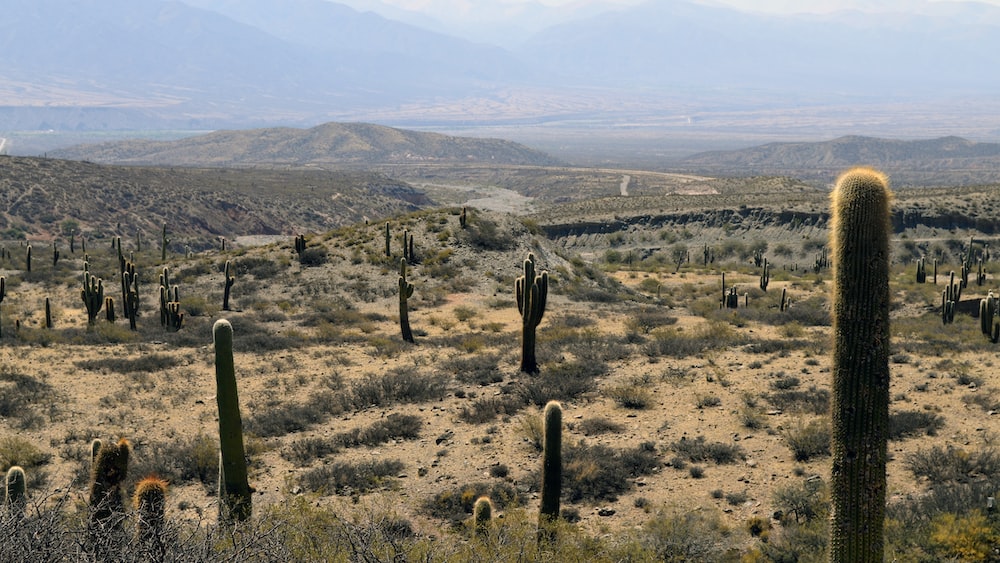
The Role of Climate and Environment
Our care for the Rhipsalis becomes a reflection of its climate and environmental needs, with each condition affecting the plant’s demands. Unraveling the influences of these elements upon our green friends can be as captivating as deciphering the secrets of an ancient text.
- Indoor humidity levels, often lower than the Rhipsalis’s natural habitat, call for an increase in watering frequency to compensate.
- Bright, indirect light, while ideal for growth, can also lead to faster evaporation necessitating a watchful eye and a ready watering can.
Adapting to these environmental conditions is a gesture of respect towards the intricate balance of nature that the Rhipsalis epitomizes.
Pot Size and Type Impact on Watering
The choice of pot plays a surprising yet pivotal role in our rhipsalis watering endeavors.
- Opt for a pot size that snugly accommodates your Rhipsalis, providing enough room for growth without leaving excessive soil to hold unwanted moisture.
- Material wise, terracotta pots excel, with their porous nature allowing the soil to breathe and prevent water from lingering.
Each selection here subtly dictates the watering frequency and amount – a testament to the interconnectedness of all care aspects.
The choice of pot size and material greatly impacts the watering needs of your Rhipsalis, demonstrating the interconnectedness of plant care aspects.
Soil Composition and Drainage
The bedrock of rhipsalis watering success lies in soil composition and drainage – the dynamic duo that underpins your plant’s health.
- A loamy, well-aerated mix encourages water to percolate evenly, avoiding pockets of dryness or saturation.
- Incorporating perlite or bark can enhance drainage, ensuring the roots of your Rhipsalis dwell in optimal moisture without succumbing to stagnation.
Such a foundation not only supports your cactus in its upward journey but also mirrors the substrate of its native woodland floor.
Advanced Watering Tips for Rhipsalis Care
Embracing advanced rhipsalis watering techniques can elevate your plant parenting from mere sustenance to crafting a thriving microcosm. Herein lies the beauty of cacti care – a continual process of learning and refinement that enriches both the life of our Rhipsalis and our own.
Using Water Quality to Promote Health
When caring for our beloved thirsty friends, the quality of water we provide is just as crucial as the quantity. Rainwater or distilled water is ideal for rhipsalis watering, due to their need for purity, being sensitive to the minerals found in tap water. Softened water, containing sodium, can potentially harm the plants over time, leading to poor health and stunted growth.
Through personal trial and error, I’ve found that by collecting rainwater in barrels, my rhipsalis thrive with vibrancy. In areas where rainwater is scarce, opting for filtered or distilled water becomes a safeguard against the build-up of unwanted salts. In essence, just like brewing the perfect cup of tea, using the cleanest water will ensure your rhipsalis sings with vitality.
Techniques for Watering Mature vs. Young Rhipsalis
Watering rhipsalis is an art form, one that differentiates between the vigorous, mature plants and the tender, young saplings. Mature rhipsalis have a robust root system capable of storing water and withstanding drier periods. When watering these sturdy specimens, I allow the soil to dry out slightly between waterings, letting their roots breathe and stretch out in search of moisture.
Conversely, young rhipsalis bask in a bit more consistent moisture to support their developing root systems. They crave a nurturing touch and a watchful eye to ensure the soil stays lightly moist, but never waterlogged. Over time, as they mature, the frequency of watering decreases, accustoming them to the more self-sufficient lifestyle of their elder counterparts.

Water mature rhipsalis should be watered less frequently to allow their roots to breathe and stretch out, while young rhipsalis require consistent moisture to support their developing root systems.
Balancing Watering with Fertilization Needs
Harmonizing rhipsalis watering and fertilization requires a delicate balance, akin to conducting a symphony. With fertilization, we must consider that the nutrients provided can only be effectively absorbed by the plant if adequate hydration is maintained. I liken this to cooking a sumptuous meal – the finest ingredients must be matched with the right amount of liquid to achieve perfection.
During the rhipsalis’s active growing period, typically spring and summer, water-soluble fertilizers can be applied monthly, combined with regular watering. I’ve observed that a half-strength fertilizer solution prevents nutrient overload, while the consistent moisture aids in the absorption, promoting lush growth without the risk of burning the sensitive roots. It’s imperative to note that during the dormant winter months, both watering and fertilization should be significantly reduced to match the plant’s restful state.
Troubleshooting Watering Issues
Engaging in the pastime of rhipsalis guardianship can sometimes usher in a few watering conundrums that need solving. My experience has taught me that responding promptly to these challenges is essential in maintaining a healthy rhipsalis household.
Identifying Overwatering and Underwatering Symptoms
Overwatering and underwatering – the two extremes that keep plant enthusiasts on their toes. Signs that a rhipsalis is being overwatered include soft, discolored stems, and a soggy potting mix, telling tales of demise if not addressed swiftly. Conversely, underwatering manifests as wrinkled, limp stems and dry, pulling-away soil, whispering of thirst in the silent language of plants.
The rhipsalis, much like us, reflects its well-being through its appearance. Lush, plump stems indicate proper hydration, while an ashen color and stunted growth speak to an imbalance. Keeping a vigilant eye and a nurturing heart ensures these signs are heeded, and my cherished cacti remain buoyant and content.
Corrective Measures for Watering Problems
Once identified, the path to rectifying watering issues can be straightforward but requires patience and precision. For overwatered rhipsalis, the initial step is to cease watering immediately and assess the drainage situation – sometimes, it’s as simple as repositioning the pot for better air circulation.
If symptoms persist, consider repotting your plant in fresh soil that’s fast-draining and removing any affected roots. In cases of underwatering, a slow and thorough soaking, allowing the plant to drink its fill, revitalizes the parched being. Regular monitoring and a return to a suitable watering routine should then restore the equilibrium of moisture your rhipsalis so desires.
Identifying and rectifying watering issues for rhipsalis plants requires patience, precision, and adjustments such as proper drainage, repotting in fast-draining soil, and slow, thorough soaking for underwatered plants.
Preventing Root Rot and Other Water-Related Diseases
Prevention, they say, is better than cure, and this certainly holds for staving off root rot and similar aqueous ailments in rhipsalis. Opting for a potting mix that promotes excellent drainage and allows the roots to breathe is the frontline defense against moisture-related afflictions. Terracotta pots, with their porous nature, have been my allies in this crusade, offering the additional boon of wicking away excess water.
Periodically inspecting the root system during repotting provides precious insights into the health of your rhipsalis and an opportunity for early intervention. It’s also wise to keep a diary of watering schedules and observations – over time, these pages become a treasure trove of personal insights that inform your preventive measures.
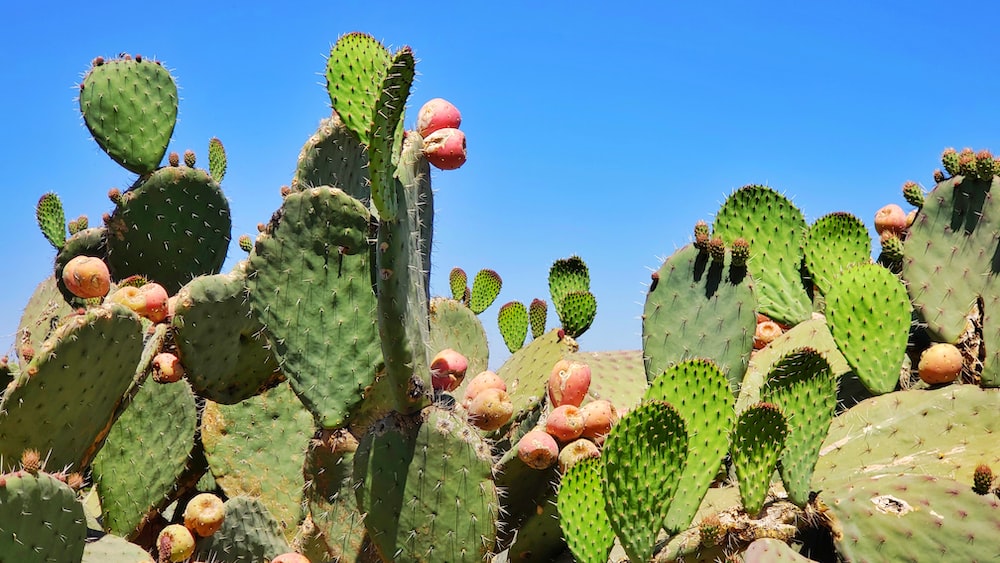
FAQs
1. How often should I water my Rhipsalis?
How often rhipsalis should be watered is dictated by several variables, including the plant’s size, the environmental conditions, and the season. Typically, allowing the soil to dry slightly between waterings is a good practice.
2. Can Rhipsalis tolerate drought conditions?
Rhipsalis can tolerate short periods of drought, thanks to their ability to store water, but they fare best with consistent but moderate watering schedules.
3. What are the signs of overwatering in Rhipsalis?
Signs of overwatering in rhipsalis include wilting or yellowing stems, a clear signal that your plant’s roots may be suffering from excess moisture.
4. Should I mist my Rhipsalis in addition to regular watering?
Misting your rhipsalis, in addition to regular watering, can help maintain humidity levels, particularly beneficial during the drier, winter months or in arid climates.
Conclusion
Armed with this perfect guide to rhipsalis watering, one begins to see the dance of droplets and roots as a delicate ballet – one that I have had the honor to both choreograph and witness within the sun-soaked walls of my little green sanctuary. My heart beats in rhythm with the pulse of each tiny bead of water that graces the loamy earth, nurturing these verdant gems of the natural world.
Consider each resilient cactus in your care a teacher, sharing lessons of patience and persistence. As you continue on your journey of rhipsalis companionship, may you find joy in each sprinkle and solace in every silent moment of growth. And I, Sophia, bid you farewell with a heart as full as a well-watered soil, encouraging you to whisper sweet nothings to your rhipsalis, just as I do every morning with mine.


